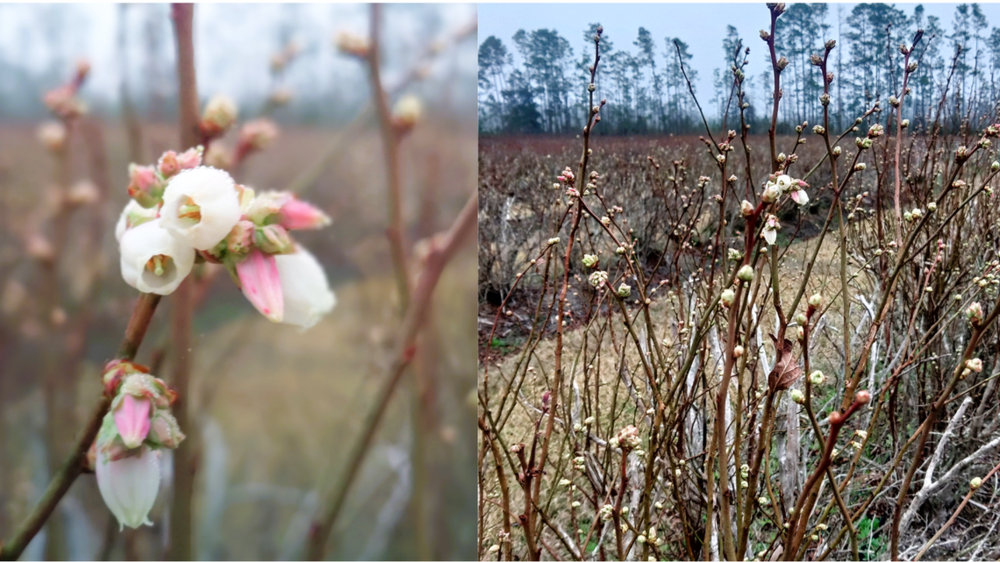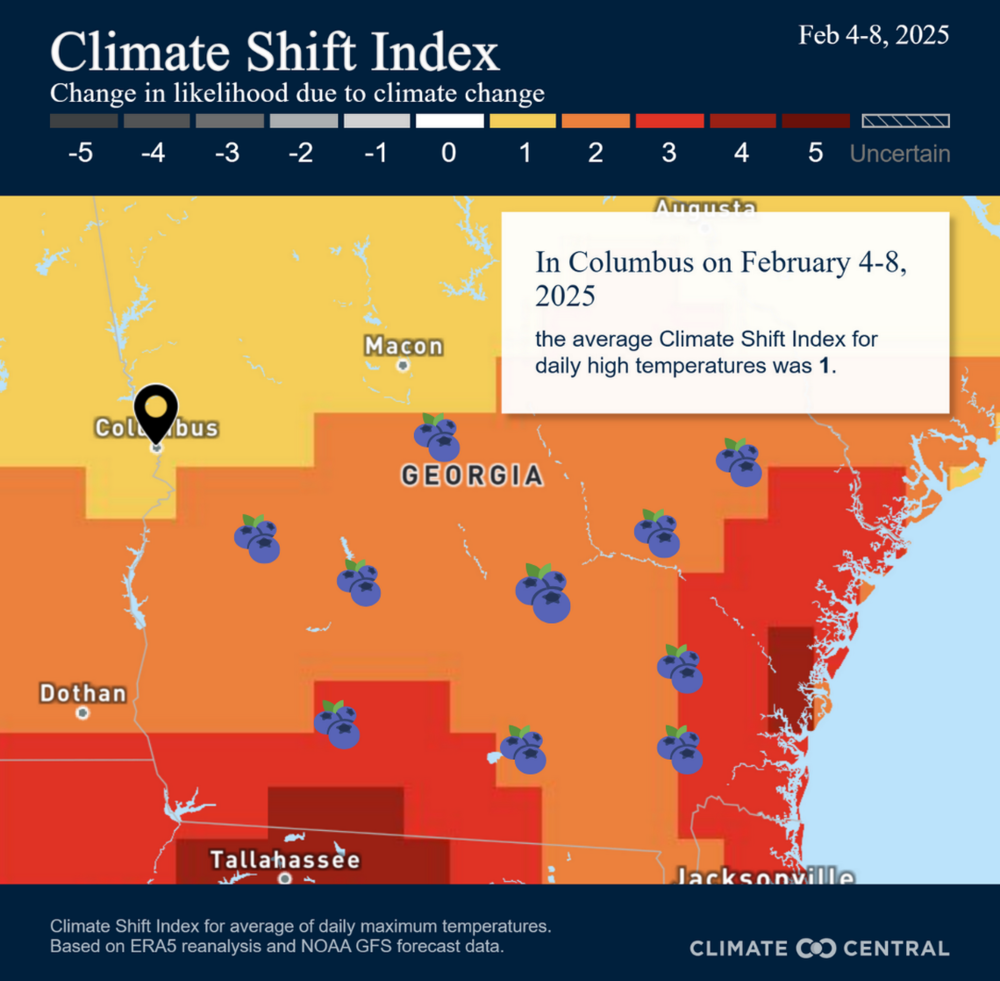
Caption
‘Georgia Dawn’ blueberry grown at UGA Blueberry Research farm, Alapaha, Georgia ripens early in to ‘pink bud stage’, or stage 4. These flower buds at advanced stages are susceptible to freezing damage.
Credit: Ye (Juliet) Chu / University of Georgia


